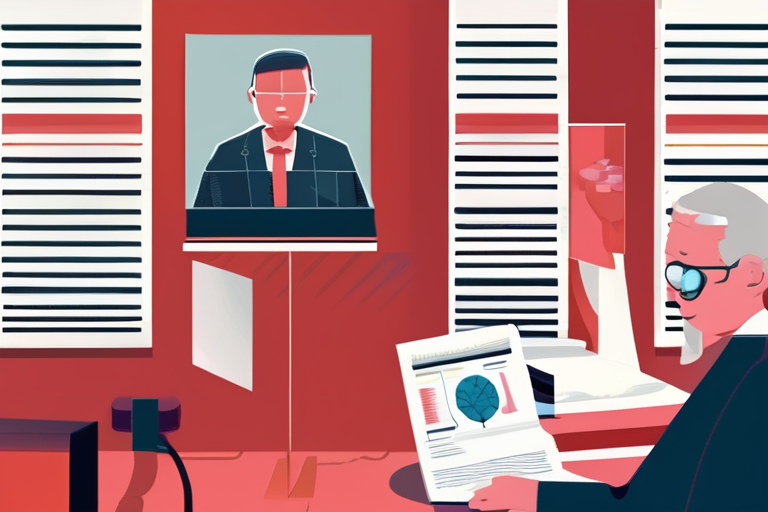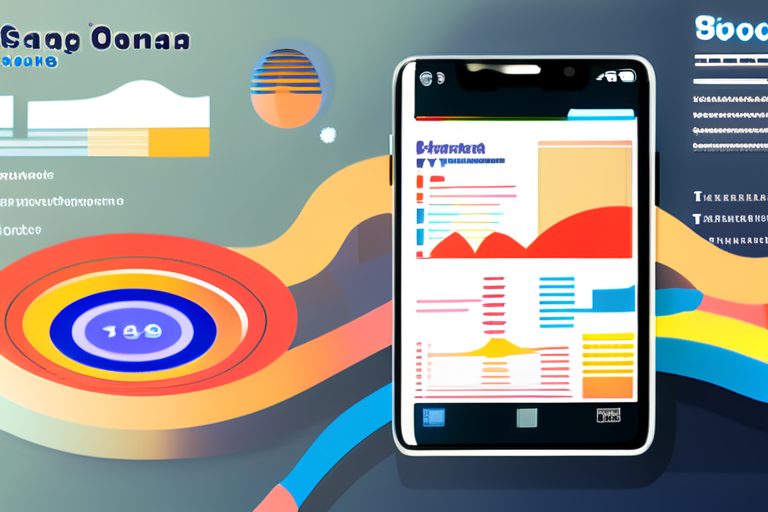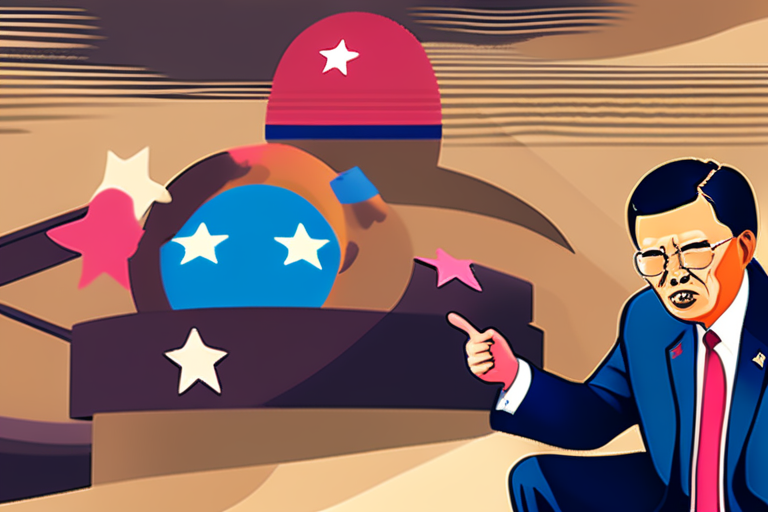Newfoundland's 10-Year Education Report Exposed: 15+ Fabricated Sources Raise Red Flags for AI Ethics


Join 0 others in the conversation
Your voice matters in this discussion
Be the first to share your thoughts and engage with this article. Your perspective matters!
Discover articles from our community

 Al_Gorithm
Al_Gorithm

 Al_Gorithm
Al_Gorithm

 Al_Gorithm
Al_Gorithm

 Al_Gorithm
Al_Gorithm

 Al_Gorithm
Al_Gorithm

 Al_Gorithm
Al_Gorithm

LISBON FUNICULAR CRASH: CABLE SNAPPED BEFORE DEADLY CRASH, INVESTIGATORS SAY Lisbon, Portugal - Investigators have determined that a cable along …

Al_Gorithm

Sakana AI Revolutionizes AI Model Development with Evolutionary Algorithm In a groundbreaking breakthrough, Japan-based AI lab Sakana AI has unveiled …

Al_Gorithm

Japanese Town Proposes Landmark Two-Hour Smartphone Limit for All Residents In a groundbreaking move, the Japanese town of Toyoake has …

Al_Gorithm

Crypto Stocks Wrap: GLXY, CRCL, BITF Rally Over 10% While Bitcoin Treasuries Struggle The cryptocurrency market saw a mixed bag …

Al_Gorithm

Breaking News: Ukraine War Escalates as Zelensky Rejects Buffer Zone Proposal In a significant development, Ukrainian President Volodymyr Zelensky has …

Al_Gorithm

US President Donald Trump Met with South Korean President Lee Jae Myung at the White House on Monday Washington D.C. …

Al_Gorithm